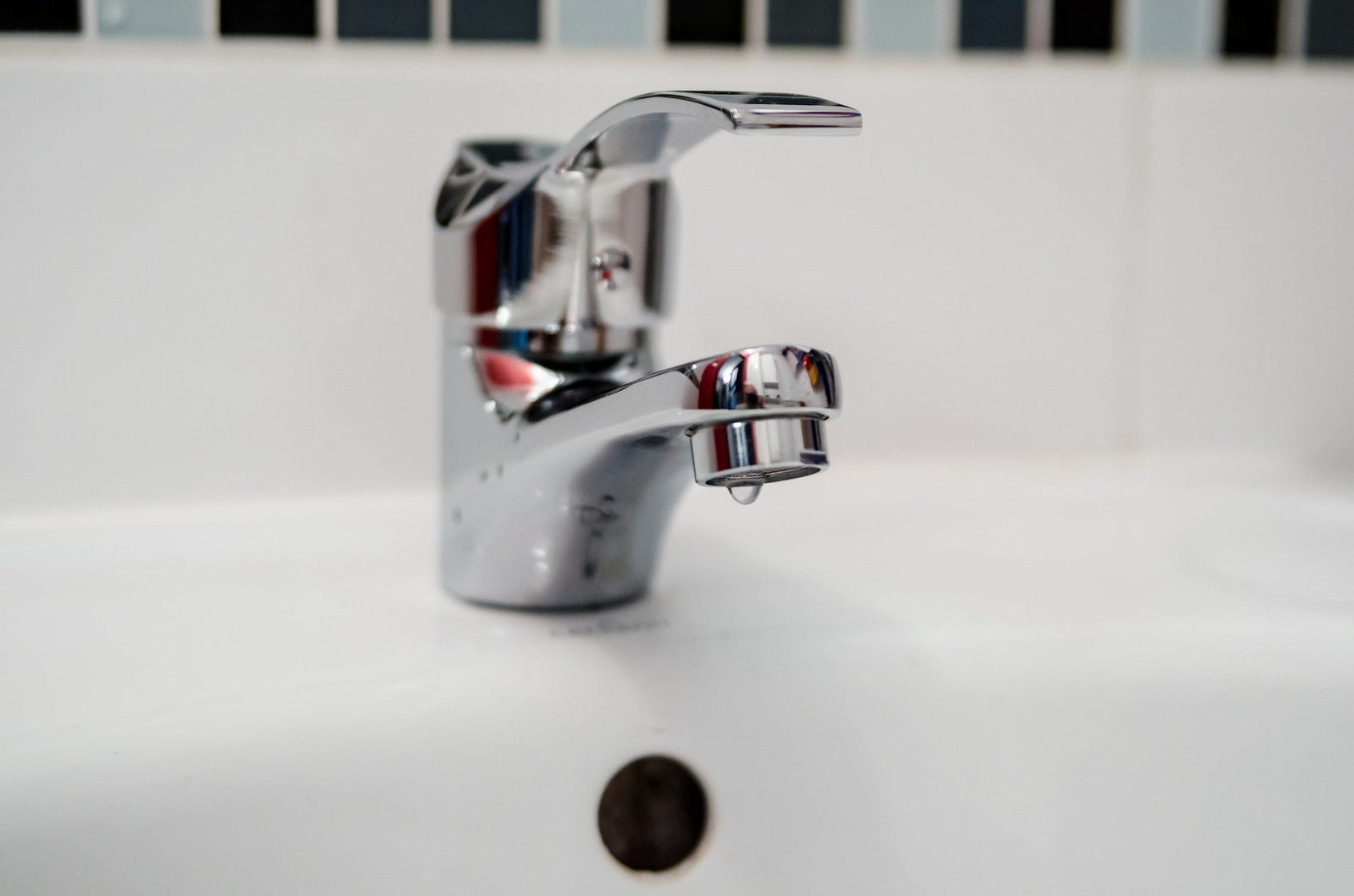Good water pressure is all the difference between painfully slow showers and damaged pipes. To protect your home’s pipes (and your time), ensure you have the right water pressure. If your pressure is too low, learn how to increase it using a pressure reducing valve or pressure booster.
What is Water Pressure?
In most residential areas, homes receive their water from a municipal water source. Some areas or homes will utilize groundwater sources while others will utilize reservoirs, lakes, or rivers. The water is then typically pumped to treatment facilities and then to pressure tanks located at high points in the distribution area (think water towers). These pressure tanks generate pressure.
The water that is pressurized in the tank or tower travels throughout the community. In some cases, booster stations may be needed throughout a region, which will use pumps in the distribution system to maintain pressure.
In cases where a private residential well is in place, the process is similar, in that wells use pressure tanks to control the water pressure.
What is a Good Water Pressure for a Home?
Water pressure is described in psi, which is pounds per square inch. Water pressure between 45 and 80 psi is the typical range. A psi below 40 is often considered low and anything below 30 psi is considered too low. Low water pressure is not only aggravating but it can cause serious problems for fixtures and appliances that have minimum pressure requirements, like washing machines. A psi above 80 is considered too high and carries an increased risk of damaging pipes, joints, fixtures, and seals.
How Do You Increase Water Pressure?
Before you increase or decrease your pressure, you’ll need to make sure you’re measuring and monitoring your water pressure by using a water pressure gauge. You can hook this up to an outside water spigot and get a reading from there.
If your water pressure is below 40 psi and you are on city water, they may be delivering the water at a low pressure. Reach out to your city water department and ask for a pressure reading. They may be able to adjust the pressure with that information. In some cases, a pressure booster may be required.
If you are experiencing a psi that is too high, contact your water provider—you may need to install or adjust your pressure-reducing valve. Most homes that are on city water have this installed just after the water meter. It’s possible that your pressure-reducing valve could be failing or that it just needs to be adjusted. Most valves come from the factory set at 50ps, although this could vary based on the manufacturer. If you are unsure how to adjust the PRV, it may be best to call a plumber for help.
The Good Water Pressure
Water pressure that is too low or too high can damage pipes, fittings, and appliances. Measure your pressure with a gauge to make sure it’s between 40 and 80 psi. If your water is outside of this range, contact your city water for a pressure test, and then insert a booster or a PRV to help regulate your water psi to the correct range.

